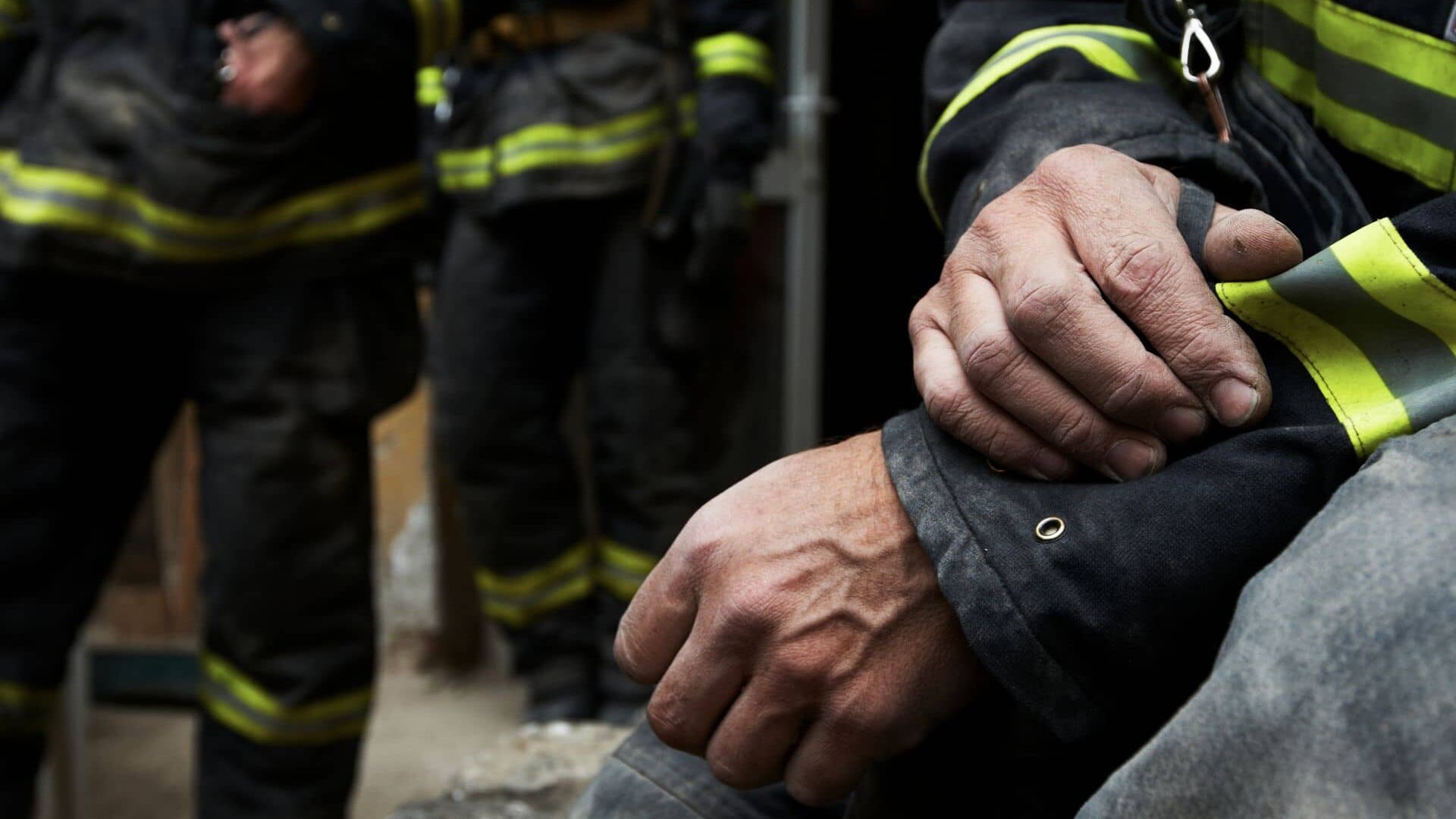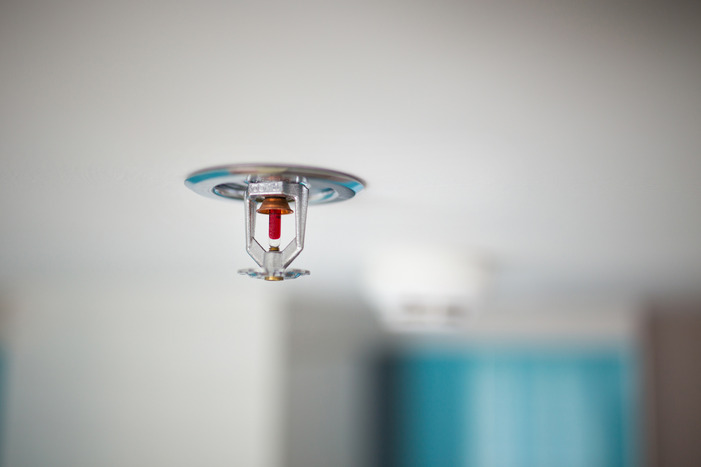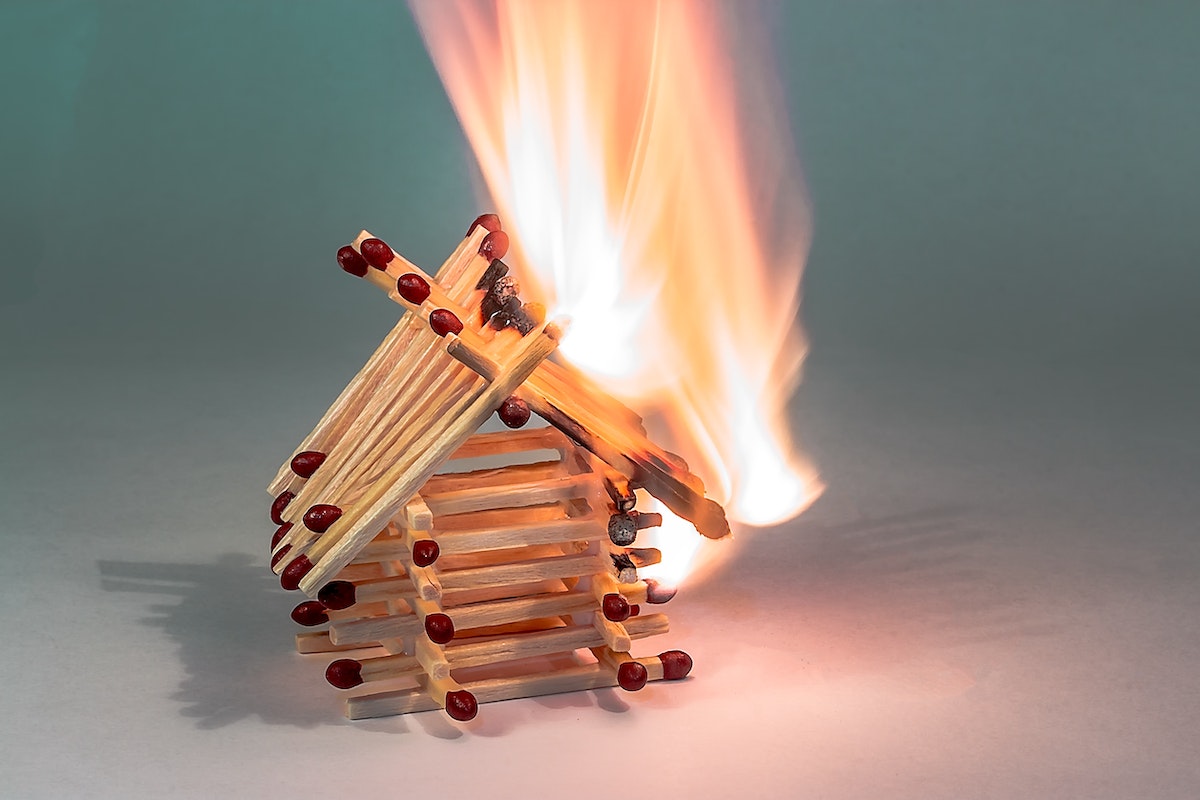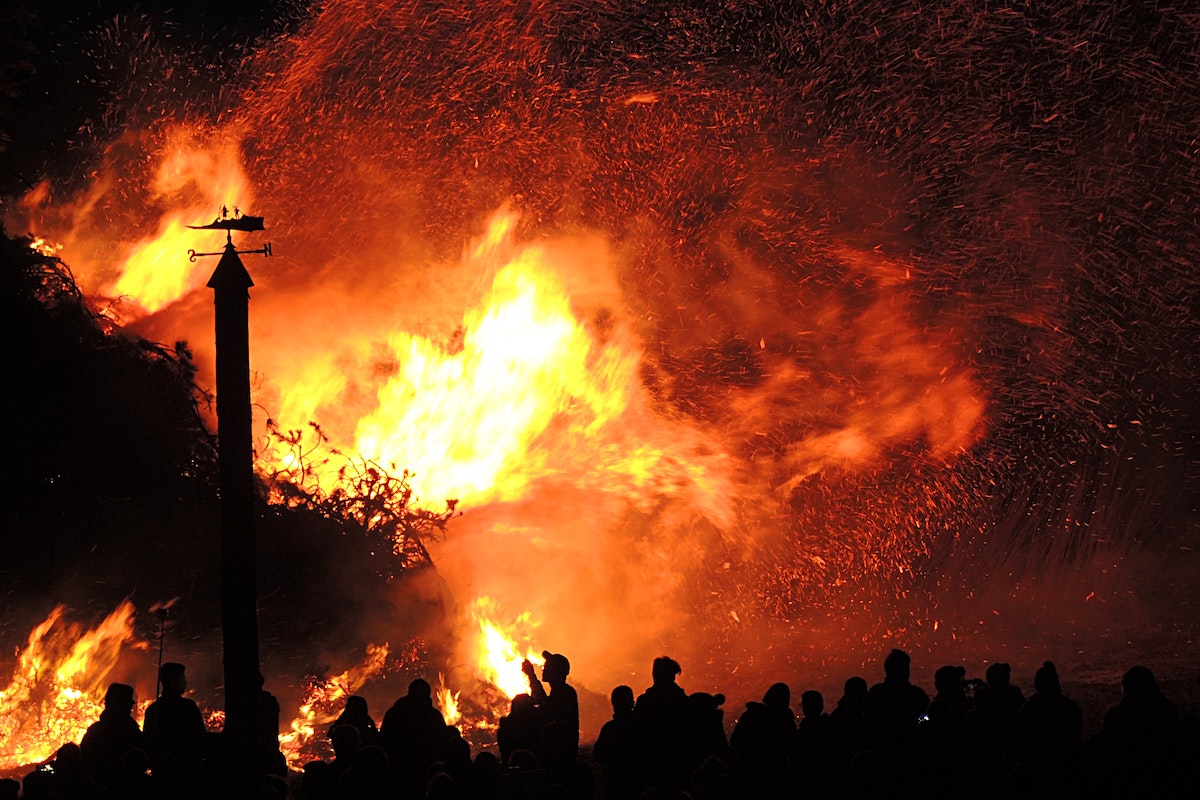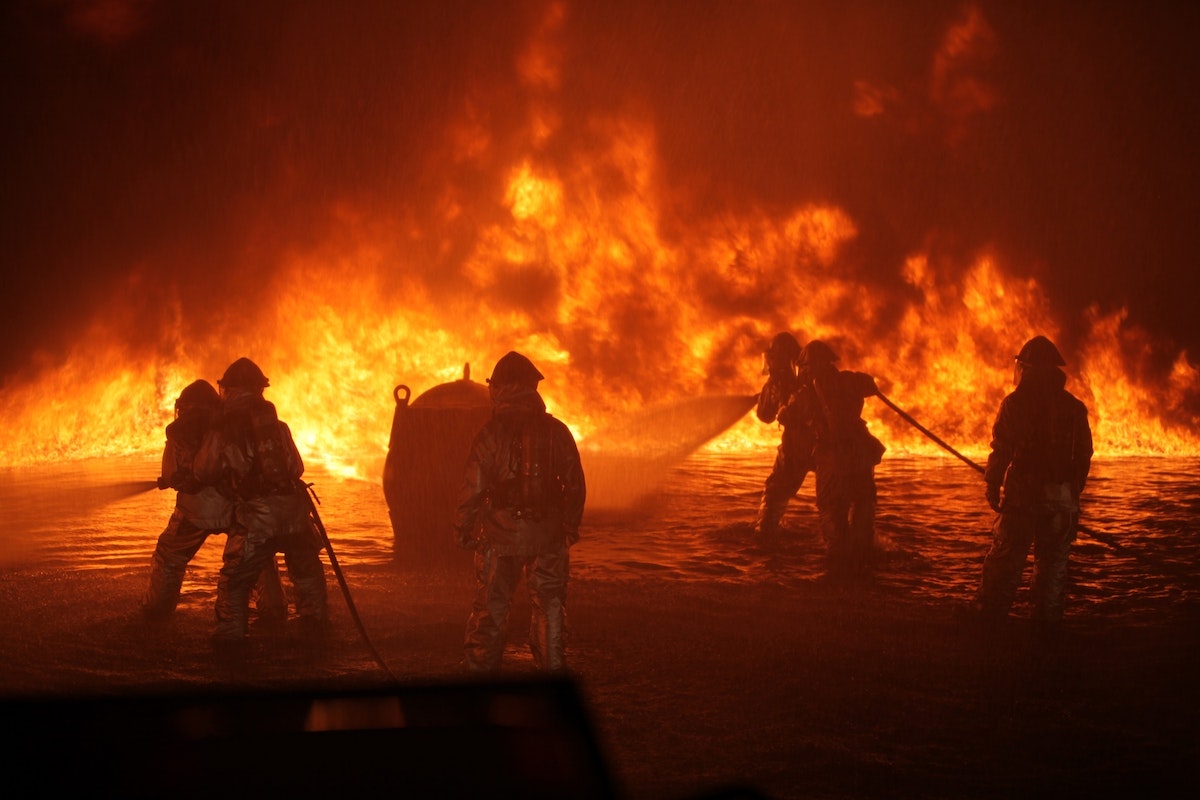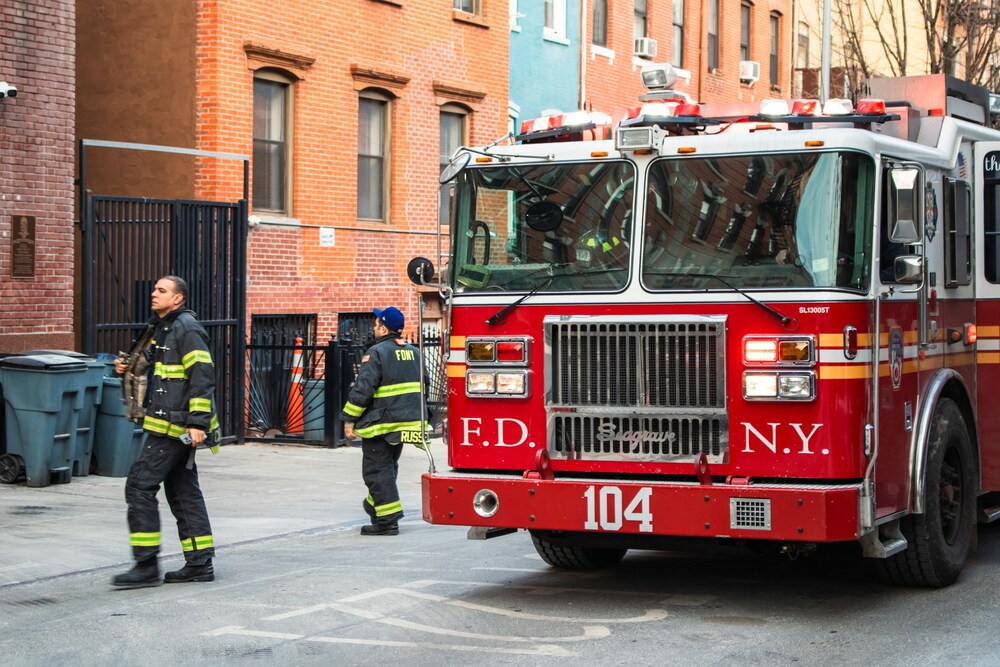Fire Watch and Sprinkler Maintenance
From Calm to Crisis
It was supposed to be routine. A 12-hour sprinkler valve replacement at a Financial District bank tower. But when your building’s primary fire protection goes offline, “routine” is just tempting fate. Here’s how proper planning turned a near-catastrophe into a textbook success story.
Phase 1: Pre-Outage Preparation (72 Hours Out)
Our team began when the work order was still just an email chain:
- Hazard mapping: Identified 17 risk zones across 42 floors
- Evacuation routes: Verified all stairwell pressurization systems
- Staff training: Conducted 3 emergency drills with building engineers
- Equipment staging: Positioned thermal cameras on high-risk electrical rooms
The game changer? Discovering an undocumented data closet that would’ve been sealed off during work. That alone prevented what could’ve been a server room inferno.
Phase 2: System Shutdown (T-60 Minutes)
| Time | Action | Discovery |
|---|---|---|
| 05:30 | Final perimeter check | Found catering staff propping open fire door |
| 05:45 | Backup alarms activated | Noticed delayed response in northwest corner |
| 06:00 | Main valve closed | Detected minor leak in Zone 4 |
Phase 3: Active Monitoring (The Critical Hours)
What happened next proved why fire watch is an art, not just a checklist:
- 09:17: Thermal scan showed transformer overheating (87°C)
- 10:42: Isolated sparks from welders on 23rd floor
- 12:15: Prevented janitor from locking roof access door
- 14:03: Caught HVAC crew blocking sprinkler riser
Each incident was logged with geotagged photos and resolved before becoming violations. The bank’s facilities manager later admitted: “We’d have failed at least four FDNY inspections without this documentation.”
Phase 4: System Restoration & Verification
The real test came when the water flowed again:
- Pressure testing: Found 2 compromised zones needing immediate repair
- Flow verification: Confirmed all 1,842 sprinkler heads were operational
- Final report: 87-page digital package for insurers and FDNY records
The Cost of Cutting Corners
Compare our client’s outcome to a nearby building that tried DIY monitoring:
| Metric | Professional Fire Watch | In-House Monitoring |
|---|---|---|
| FDNY Violations | 0 | 7 (including locked exits) |
| Insurance Impact | 5% premium discount | $18,000 claim denial |
| Downtime | 0 hours | 3-day shutdown for reinspection |
Your Building’s Action Plan
Don’t wait for scheduled maintenance to scramble. Right now you should:
- Audit past outage reports for recurring issues
- Pre-map hazard zones for your specific layout
- Establish protocols with all contractors (especially after-hours crews)
Because in New York City, fire safety isn’t just about responding to emergencies. It’s about preventing them from happening in the first place.
Schedule your free outage preparedness assessment today. Our phased approach protects Financial District high-rises to Brooklyn warehouses, with documentation that keeps inspectors and insurers happy.
The Unseen Payoff
Beyond avoiding fines, proper planning delivers:
- Tenant confidence: No 3 AM evacuations from contractor mistakes
- Vendor accountability: Documented proof of who caused what
- Future savings: Historical data justifies insurance premium reductions
Twelve hours of protection. Twelve months of peace of mind. That’s the power of doing it right.
